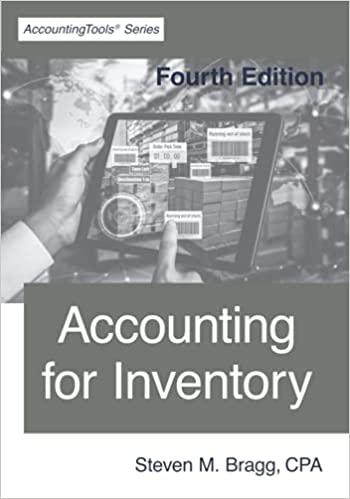Module : Preventing and Detecting Noncash Thefts That Are Concealed by Fraudulent Support C. Skimming involves the act, the concealment, and the conversion, whereas cashlarceny involves only the act and conversion D. Cash larceny and skimming are both of the books schemes. 6. Which of the following is the cast effective methodology to detect cash Larceny? A. Correlate cash shortage details to volds and customer discounts by employees to identify usual activity. - B. Visit the store and interview customers concerning their shopping experience C. Summarize the use of cash registers after business hours. D. Summarize the differences between the cash registers receipts and deposits by employees across time 7. Which of the following is a noncash asset misappropriation scheme? A. Skimming B. Lapping MULTIPLE CHOICE QUESTIONS Which of the following best describes skimming? A. Skimming involves the theft of cash after the cash is recorded in the company's accounting system B. Skimming involves the theft of cash prior to the cash entering the company's bank account and accounting system C Skimming involves the then of cash after the cash is entered in the company's bank account. D. Askimming scheme involves both accounts receivables and sales general ledger accounts 2 Which of the following is not a method for committing and concealing les scimming scheme? A. Conducting sales during nonbusiness hours B Viding sales transactions -C Lapping D. Cash register manipulation 3. Which of the following is not a methodology for the skimming of receivables and its related concealment? - A. Volding a sale after the customer leaves the premises B Accounts receivable write-offs C. Customer accounts receivable discounts D. Destroying or altering accounts receivable transactions back-up 4. Which of the following is generally the least effective methodology to detect sales or accounts receivable skimming? A. Count and summarize accounts receivable write offs by employee. B. Periodically review the back-up documentation, including approval for accounts receivable write-offs. C. Examine accounts receivable transaction activity after regular business hours and at unusual times of the day and night. - D. Review the accounts receivable employee personnel records for prior terminations for fraudulent activity. 5. Which of the following best describes the difference between skimming and cash larceny? A. Cash Larceny is an off-the-books" scheme, whereas skimming is an "on-the-books scheme B. Skimming and cash larceny both involve the act, the concealment, and the conversion - D. Using a company computer to operate an Internet commerce site after business hours & Which of the following is not typically a methodology to conceal the misuse of noncash assets? A. Voiding sales at the warehouse liquidation location B. Marking receiving documents as short -C. Writing off property plant and equipment as scrap D. Falsifying incoming shipments paperwork 9. Which of the following is not a technique to conceal inventory shrinkage? - A. Counting and valuing the physical inventory at the end of each B. Writing off inventory after physical inventory counts C. Understating the value of physical inventory counts D. Altering the yearly physical inventory counts 1. Which of the following is generally least effective in detecting noncash misappropriations? A. Physical inventory counts and inspections B. Investigation of inventory shortages C. Summarizing inventory items valued at less than the retail price D. Summarizing inventory receiving shortages by employees FRAUD CASEBOOK Tyco Read the following articles or other related articles regarding the Tyco case and then answer the questions below: Sources: Tauh, Stephen, "Tyco on Tyco: Errors Made, But No Fraud," CFO.com, December 31, 2002. Hamilton, Walter, "Tyco Details Extravagance of Ex-CEO," Los Angeles Times, September 18, 2002 Bayot, Jennifer and Andrew Ross Sorkin, "2 Tyco Officials Get up to 25 Years for Fraad." International Herald Tribune, September 19, 2005. Sorkin, Andre Ross, "Figure Pays $22.5 Million in Guilty Plea. New York Times, December 18, 2002. Johnson, Linda, "PwC Settles Tyco Investors' Suit Over Fraud." Washington Post, July 7, 2007 Anonymous, "Ex-Tyco CEO Kozlowski's Fraud Conviction Upheld The Star-Ledger Business Desk, October 16, 2008 Need help with all multiple choice questions








